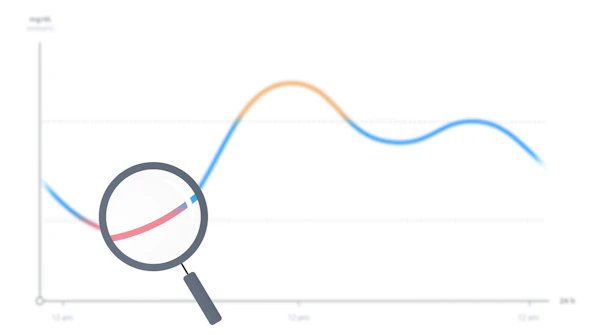Time in Range (TIR) is clinical metric that, together with Time Below Range (TBR) and Time Above Range (TAR), provides a more complete picture of a person’s glucose levels, enabling a more data-driven approach to diabetes management.1

TIR: Time saver or time spender? Dr. Alice Cheng, University of Toronto, discusses how TIR takes the guesswork away in diabetes management.
Measured by continuous glucose monitoring (CGM), TIR is a complement to HbA1c in clinical practice.1 These two metrics in combination may be used by healthcare professionals to build personalised action plans to improve daily diabetes management.1 This additional layer of insight offers the potential to drive meaningful conversations with people with diabetes around appropriate lifestyle adjustments, such as food choices and physical activity.1 The data also support healthcare professionals to make informed decisions on treatment choice, insulin dosage and timing of doses.1

Clinical guidance and targets for TIR, a new clinical metric and complement to HbA1c in clinical practice.
TIR and HbA1c – working together to provide actionable insights
TIR and HbA1c provide actionable insights that empower people with diabetes and healthcare professionals to work together to improve glucose control and increase TIR.1 The table below is one representation of how TIR corresponds to HbA1c.2
The higher a person’s HbA1c, the higher their risk of developing diabetes-related complications. 3-6 Increasing TIR corresponds to a decrease in HbA1c, with studies showing that for every absolute 10% change in TIR, there is an approximate 0.8% (9 mmol/mol) change in HbA1c.2
The International Consensus Report recommends that most people with diabetes* should spend at least 70% of the day, or around 17 hours, in the target glycaemic range of 70 to 180 mg/dL (3.9 to 10 mmol/L). This corresponds to the recommended HbA1c target of approximately 7% (53 mmol/mol).1
TBR, the percentage of time spent below 70 mg/dL, indicates hypoglycaemia. Most people with diabetes* should spend less than 4% of their day (one hour)** below range. TAR, the percentage of time spent above 180 mg/dL indicates hyperglycaemia. Most people with diabetes should spend less than 25% of their day (six hours) † above range.1